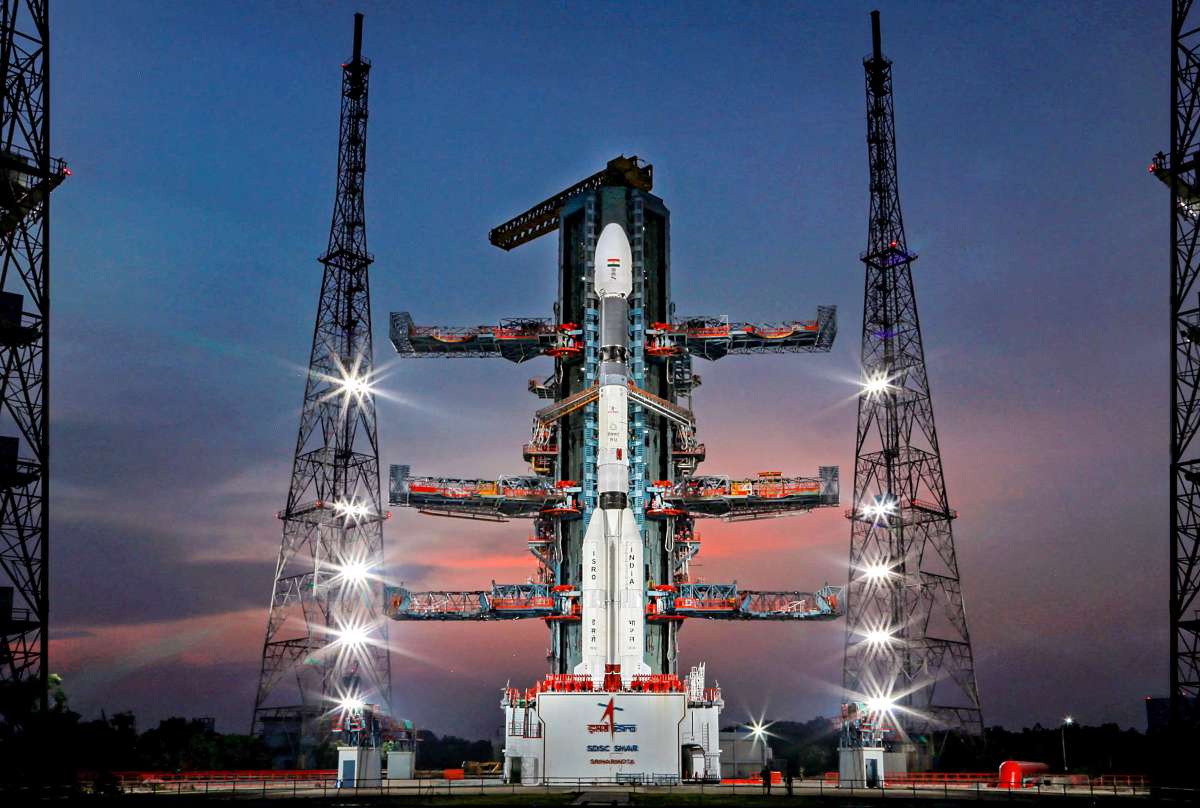- The Indian Space Research Organisation successfully launched its fifth satellite for the year 2023.
- As part of the NavIC, a 2,232-kilogram satellite dubbed NVS-1 was launched into space.

What exactly is NAVIC?
- NavIC is a regional satellite navigation system comprised of seven in-orbit satellites that provide location, navigation, and timing services to a variety of industries, including civil aviation and the military.
(1) Origins and Motivation:
- NAVIC began as IRNSS (Indian Regional Navigation Satellite System) in the early 2000s to fulfil India’s requirement for an autonomous navigation system for strategic and civilian uses.
- The goal of NAVIC was to lessen reliance on foreign systems such as GPS while improving national security, sovereignty, and economic growth.
(2) Satellite Deployment:
- The NAVIC constellation is made up of 7* satellites.
- The first satellite, IRNSS-1A, was launched in July 2013, and was followed by IRNSS-1B, 1C, 1D, 1E, 1F, and IRNSS-1I.
- Each satellite is launched into a geostationary or inclined geosynchronous orbit, giving continuous coverage of the Indian subcontinent and neighbouring areas.
(3) Renaming to NAVIC:
- NAVIC, which stands for Navigation using Indian Constellation, was formally designated the system in 2016.
- The name change was intended to give the Indian regional navigation system a separate brand identity.
Technical Specifications and Key Features
(1) Coverage Area:
- NAVIC delivers coverage throughout India and up to 1,500 kilometres outside its borders.
- The system encompasses both the Indian landmass and the Indian Ocean region.
(2) Satellite Configuration:
- To give accurate time signals, the NAVIC satellites are outfitted with atomic clocks.
- They send messages at many frequencies, including the L5 and S bands, to improve precision and reliability.
(3) Applications and Services:
- NAVIC is used for a variety of purposes, including terrestrial, aerial, and maritime navigation.
- It is used in a variety of industries, including transportation, agriculture, disaster management, surveying, and geodetic applications.
- The system provides services for determining position, measuring velocity, and synchronising time.
The NVS-1 Satellite
- NVS-1 is a second-generation NavIC satellite that assures the continuity of existing services while offering new services in the Li band.
- The satellite is equipped with two solar arrays capable of producing up to 2.4 kW of power, a lithium-ion battery for eclipse support, as well as thermal management and propulsion technologies.
- Notably, NVS-1 contains an in-house built Rubidium atomic clock produced by the Space Applications Centre, demonstrating India’s technological prowess in this advanced technology.
Recent missions and India’s launch capability
- The NVS-1 launch is ISRO’s second successful mission in a month and its fifth of the year.
- ISRO completed the PSLV-C55 mission in April, delivering two satellites, including TeLEOS-2, which carried a synthetic aperture radar payload.
- The PSLV-C55 mission emphasised India and Singapore’s collaboration in space research and technology.
Source: https://www.hindustantimes.com/india-news/indias-isro-successfully-launches-nvs-01-navigation-satellite-plans-for-chandrayaan-3-and-aditya-l1-missions-101685386977377.html#:~:text=The%20Indian%20Space%20Research%20Organisation,Centre%20(SDSC)%20in%20Sriharikota.





